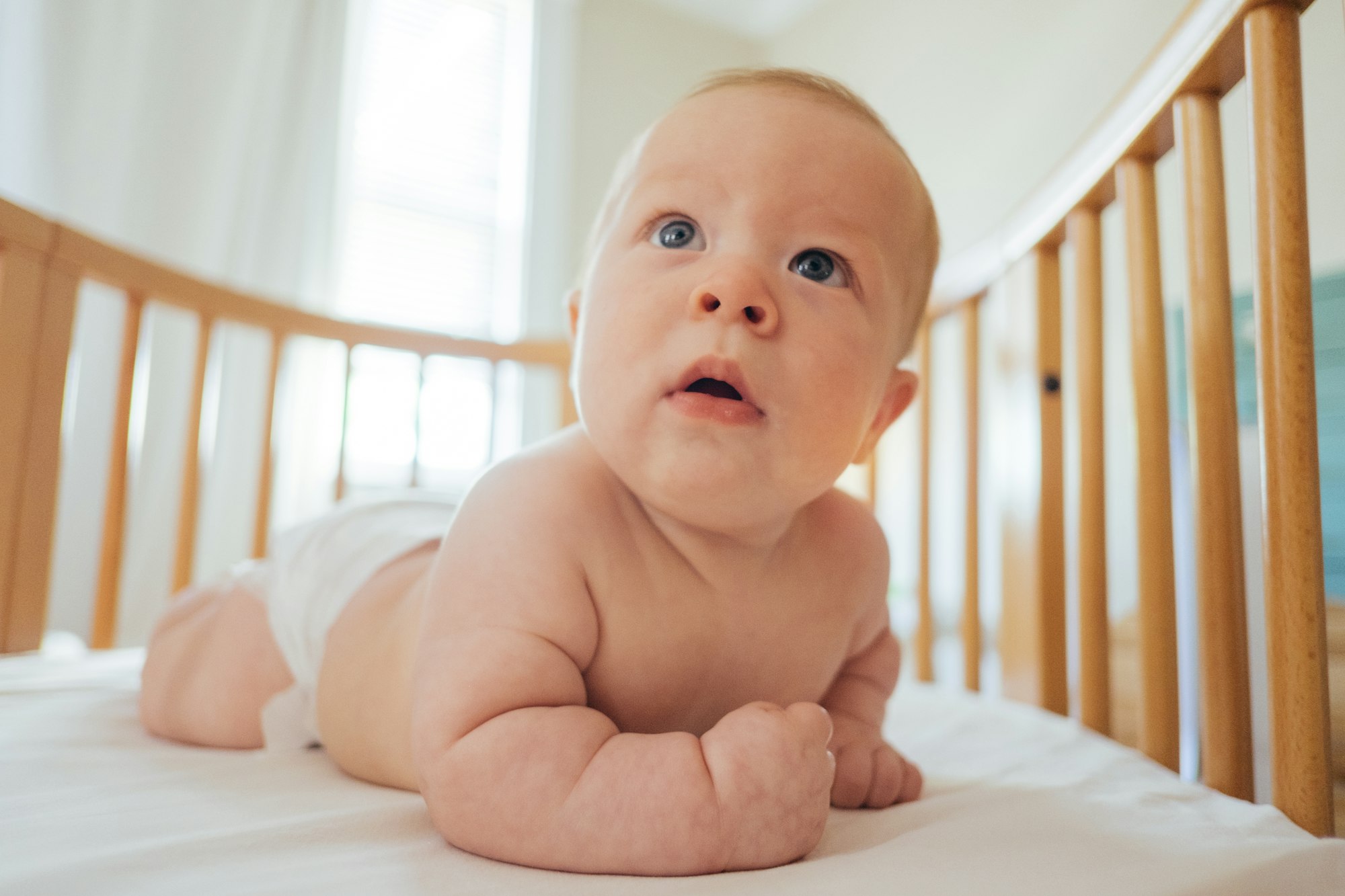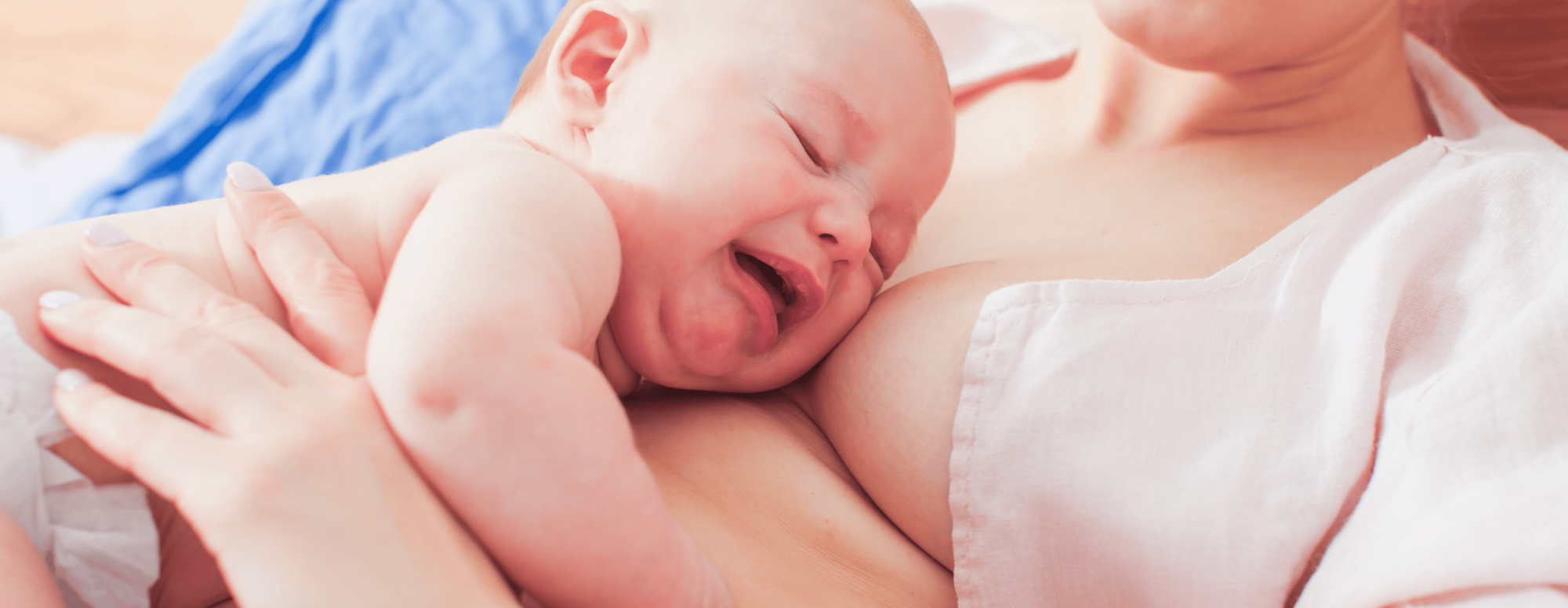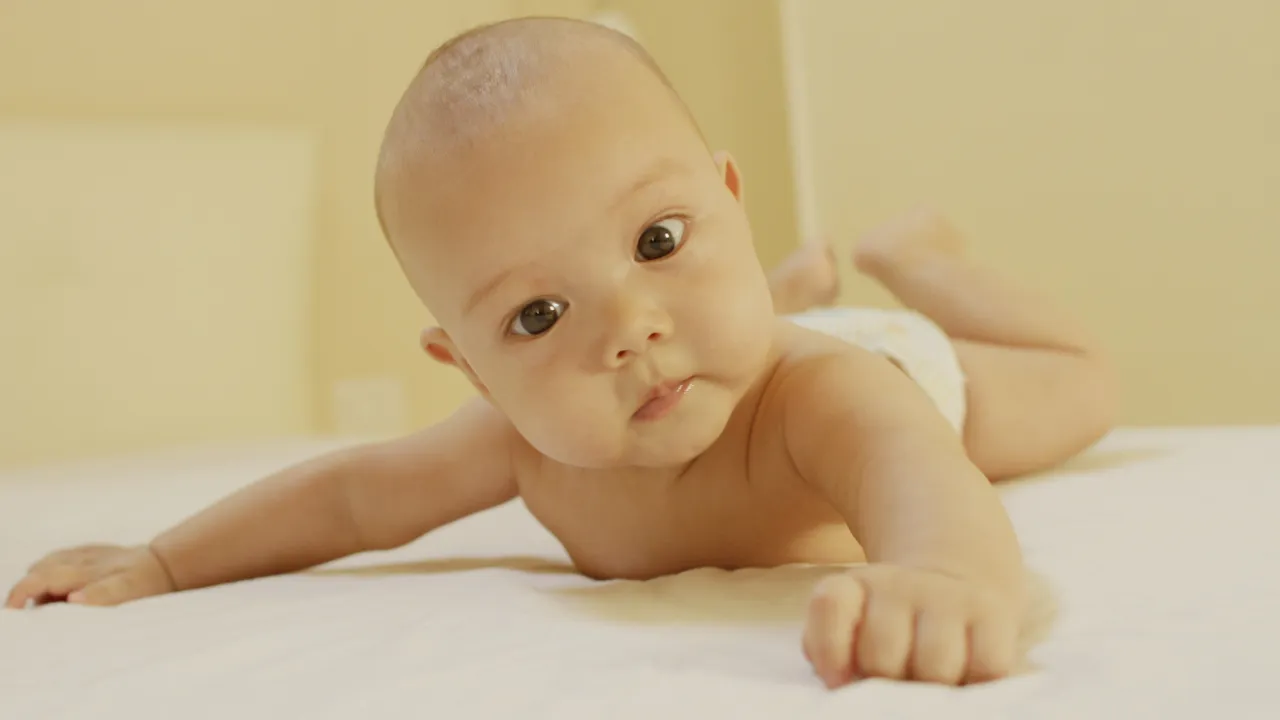Is It a Nappy Rash or Yeast Infection?
Is your baby's diaper rash more stubborn than usual? It could be a yeast infection. Learn about the signs, causes, and effective treatments for yeast diaper rash.

Yeast Diaper Rash
Infant diaper rash, also known as nappy rash, is a common issue that can make your baby uncomfortable and irritable. While most diaper rashes are easily treatable with proper care, some can be more persistent and may require special attention. Among these, yeast diaper rash stands out as a condition that can be particularly challenging to manage.
What is a Diaper Rash?

- Diaper rash is any skin irritation in the diaper area. On average, 35% of all babies suffer from diaper rashes from time to time.
- Most of the time, baby diaper rash is just typical dermatitis, which is skin irritation. This type of nappy rash is quickly taken care of by changing your baby’s diapers more often and applying any good diaper rash cream.
- Types of diaper rash: Nappy rash can be classified as a few things: normal skin irritation, skin infection (yeast diaper rash or fungal diaper rash), or an allergic reaction.
A Candida Diaper Rash
A Yeast diaper rash infection
A yeast infection diaper rash is caused by a fungus called Candida albicans. This rash is usually seen as small, red dots that start in the creases of the skin. It is also seen most commonly in the rectum area.
A diaper rash yeast infection is usually due to the mother and baby consuming antibiotics, which end up killing off the good bacteria that prevent the bad yeast from growing. A Candida diaper rash may also result from a chronic, untreated rash.
We all carry a certain amount of yeast in our bodies, but if you give the yeast a warm, damp place to thrive in, like the groin, private parts, or diaper area, it will. If you leave a diaper rash for too long, the yeast will start to thrive, causing a Candidal rash.
If your baby has oral thrush, it is easily transferred to the diaper area because the yeast can travel from the mouth to the intestines.
Yeast Diaper Rash Treatment
A yeast nappy rash is usually a little more challenging to get rid of, and you should see your doctor if the problem persists. Your baby will need an anti-yeast or antifungal cream to remedy the yeast infection.
Other than this, you can use all the prevention and treatment measures mentioned below.
Different Causes of Diaper Rash
- Infant rashes are common because babies have sensitive skin to start with.
- Frequent and runny bowel movements may irritate the skin.
- Leaving a soiled (dirty) diaper on your baby’s bum for too long.
- Your baby may be allergic to a particular type of soap or baby wipes.
- Some diapers do not allow for enough airflow, which creates a damp environment; this encourages yeast overgrowth and may result in a rash.
- Using plastic pants over diapers can also cause rash due to no airflow.
- Certain foods can cause a baby’s bowel movement to become too acidic, which might burn the skin.
- Babies are more likely to experience diaper rash when they start eating solids. Try to introduce new solid foods, one at a time.
- Diaper rash and teething: Babies are more likely to develop a rash while they are teething. This is often called a teething rash.
- Thrush diaper rash: Sometimes, when a baby has oral thrush, it can cause a yeast diaper rash, as mentioned above.
- Rare causes of this type of infant rash include nutritional deficiency, rare infections, child abuse, immunodeficiency, and malignancies.

The Tushbaby Hip Carrier
With its ergonomic design and comfortable waistband, Tushbaby provides optimal support for you and your baby. Say goodbye to shoulder and back pain from traditional carriers, as Tushbaby evenly distributes your baby's weight, relieving strain and promoting better posture.
Diaper Rash Treatments and Prevention
Prevent diaper rash
Including natural cures for diaper rash…
- The best yeast diaper rash treatment is to breastfeed as much as possible and for as long as possible. Breastfeeding will boost your baby’s resistance to yeast infections and minimize the need for antibiotics that cause yeast infections.
- Change your baby’s diaper as soon as it gets wet. This will keep your baby’s skin dry and clean. In newborns, this should be done at least every two hours.
- Rinse your baby’s bottom as often as possible, preferably with each diaper change.
- Let your baby’s bum dry before putting on another diaper.
- Pat your baby’s bum to dry instead of rubbing, which could irritate the skin.
- Don’t put the diaper on too tight; this could cause chafing.
- If you are using material diapers, you will need to rinse them a few times to remove any detergents that might irritate your baby’s skin. Avoid using fabric softeners.
- Give your baby a few "free hours" a day. Let them crawl naked on a clean surface to give the skin a breather.
- Smear on a thick layer of the best diaper rash cream you can find, like Zinc oxide or Lanolin, with every diaper change. Lansinoh Diaper Rash Ointment is an excellent Lanolin-containing cream that can treat diaper rash quickly.
- Suppose the rash does not disappear after three days. In that case, you can get your doctor to prescribe special diaper rash ointments like antibiotic cream, antifungal cream, or a combination of these.
- Cleaning your baby’s bottom with water and a soft cloth is usually less irritating to the skin than using disposable wipes.
- Some home remedies for diaper rash claim that you should use baking soda or boric acid to cure diaper rash. Do not bathe your baby in baking soda or boric acid. If your baby’s skin is broken, it could cause these toxins to be absorbed into your baby’s body.
- Try using different brands of disposable nappies. The brand that you are using currently could be what is causing an allergic reaction. Also, stay away from wipes that are scented.
- Talcum powder is no longer recommended, as many babies have been found to inhale it, which could hurt their lungs.
- Ensure that your little one's caretaker takes the same preventative measures.
- Treat thrush with Gentian Violet.

More Diaper Rash Home Remedies
Give your baby an oatmeal/chamomile bath. Add two chamomile tea bags to warm water and apply this to the nappy rash area. Fill a piece of cheesecloth with rolled oats, and tie the cloth up to make a little bag. Add chamomile tea bags and rolled oats to the bath water, giving each of them a squeeze now and then to release their goodness. The oatmeal will release a whitish milky substance, which is excellent for applying to the skin; you can rub it all over your baby’s skin. Allow the baby to soak for a few minutes. This natural diaper rash remedy will leave your baby’s bum feeling and looking better in no time.
Homemade diaper rash cream
For curing diaper rash fast and saving money, you can mix equal parts of coconut oil, Zinc oxide, and Boudreaux's Butt Paste.
Should I Contact My Doctor?
You should contact your doctor if…
- It seems like your baby might need severe diaper rash treatment.
- The rash does not improve within three days of using the above methods for prevention and treatment.
- There is a blister diaper rash or boils on your baby’s diaper area.
- There is a pus discharge or a bleeding diaper rash.
- The rash extends past the diaper area.
- Your baby has a fever.
Cloth Diaper Safe Rash Creams, Causes & Treatments
Comments
One Should Never Slather a Baby up with Anything Petroleum-Based
"One should never slather a baby up with anything petroleum-based. It's okay for cars and engines, but not babies, as it messes with the endocrine system.
Use coconut oil instead. It is natural, has antiseptic properties, and creates a barrier on the baby's delicate bottom."
Petroleum-based baby products safety
by: Lezel
"I have to admit when I started reading your comment about the use of petroleum-based baby products on baby's skin, I disagreed with you, but the more I read, the more I became convinced that you have a good point.
I used Elizabeth Ann petroleum jelly on my little girl's bottom for the duration of her nappy-wearing stage. While I never experienced any adverse effects from the use thereof, I know not all mommies will agree since every baby will respond differently to products.
I felt petroleum jelly works well since it provides a waterproof barrier and moisturizes a lot better than most baby lotions on the market until I saw you mention coconut oil as an alternative.
I use coconut oil for anything and everything these days for its antibacterial, antifungal, and antiviral properties. It's versatile, and I even rub it on my cat's coat.
I always thought I'd continue the petroleum route with baby 2 when the time comes, but you've awakened a curiosity in me with your comment and might have convinced me otherwise. Thank you for sharing your thoughts; I felt it was written just for me. I will be doing a lot of research before I use petroleum-based products. Prevention is better than cure!"
